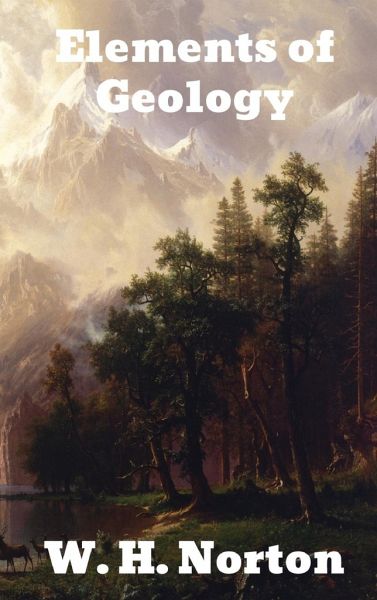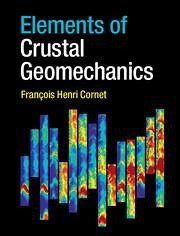
The Elements of Geology
Versandkostenfrei!
Versandfertig in 1-2 Wochen
26,99 €
inkl. MwSt.

PAYBACK Punkte
13 °P sammeln!
Elements of Geology is a classic geology textbook by W.H. Norton with the following chapters: Introduction: the scope and aim of geology -- Part I. External geological agencies: The work of the weather. The work of ground water. Rivers and valleys. River deposits. The work of glaciers. The work of the wind. The sea and its shores. Offshore and deep-sea deposits -- Part II. Internal geological agencies: Movements of the earth's crust. Earthquakes. Volcanoes. Underground structures of igneous origin. Metamorphism and mineral veins -- Part III. Historical geology: The geological record. The pre-C...
Elements of Geology is a classic geology textbook by W.H. Norton with the following chapters: Introduction: the scope and aim of geology -- Part I. External geological agencies: The work of the weather. The work of ground water. Rivers and valleys. River deposits. The work of glaciers. The work of the wind. The sea and its shores. Offshore and deep-sea deposits -- Part II. Internal geological agencies: Movements of the earth's crust. Earthquakes. Volcanoes. Underground structures of igneous origin. Metamorphism and mineral veins -- Part III. Historical geology: The geological record. The pre-Cambrian systems. The Cambrian. The Ordovician and Silurian. The Devonian. The Carboniferous. The Mesozoic. The Tertiary. The Quaternary. Geology is a science of such rapid growth that no apology is expected when from time to time a new text-book is added to those already in the field. The present work, however, is the outcome of the need of a text-book of very simple outline, in which causes and their consequences should be knit together as closely as possible,--a need long felt by the author in his teaching, and perhaps by other teachers also. Geology is a science of such rapid growth that no apology is expected when from time to time a new text-book is added to those already in the field. The present work, however, is the outcome of the need of a text-book of very simple outline, in which causes and their consequences should be knit together as closely as possible,--a need long felt by the author in his teaching, and perhaps by other teachers also. The author has ventured, therefore, to depart from the common usage which subdivides geology into a number of departments,--dynamical, structural, physiographic, and historical,--and to treat in immediate connection with each geological process the land forms and the rock structures which it has produced. It is hoped that the facts of geology and the inferences drawn from them have been so presented as to afford an efficient discipline in inductive reasoning. Typical examples have been used to introduce many topics, and it has been the author's aim to give due proportion to both the wide generalizations of our science and to the concrete facts on which they rest. There have been added a number of practical exercises such as the author has used for several years in the class room. These are not made so numerous as to displace the problems which no doubt many teachers prefer to have their pupils solve impromptu during the recitation, but may, it is hoped, suggest their use.












![Notes on the Geology of South-western Ontario [microform] Cover Notes on the Geology of South-western Ontario [microform]](https://bilder.buecher.de/produkte/68/68642/68642257n.jpg)